Home>Garden Essentials>How Much Rye Seed Per Acre
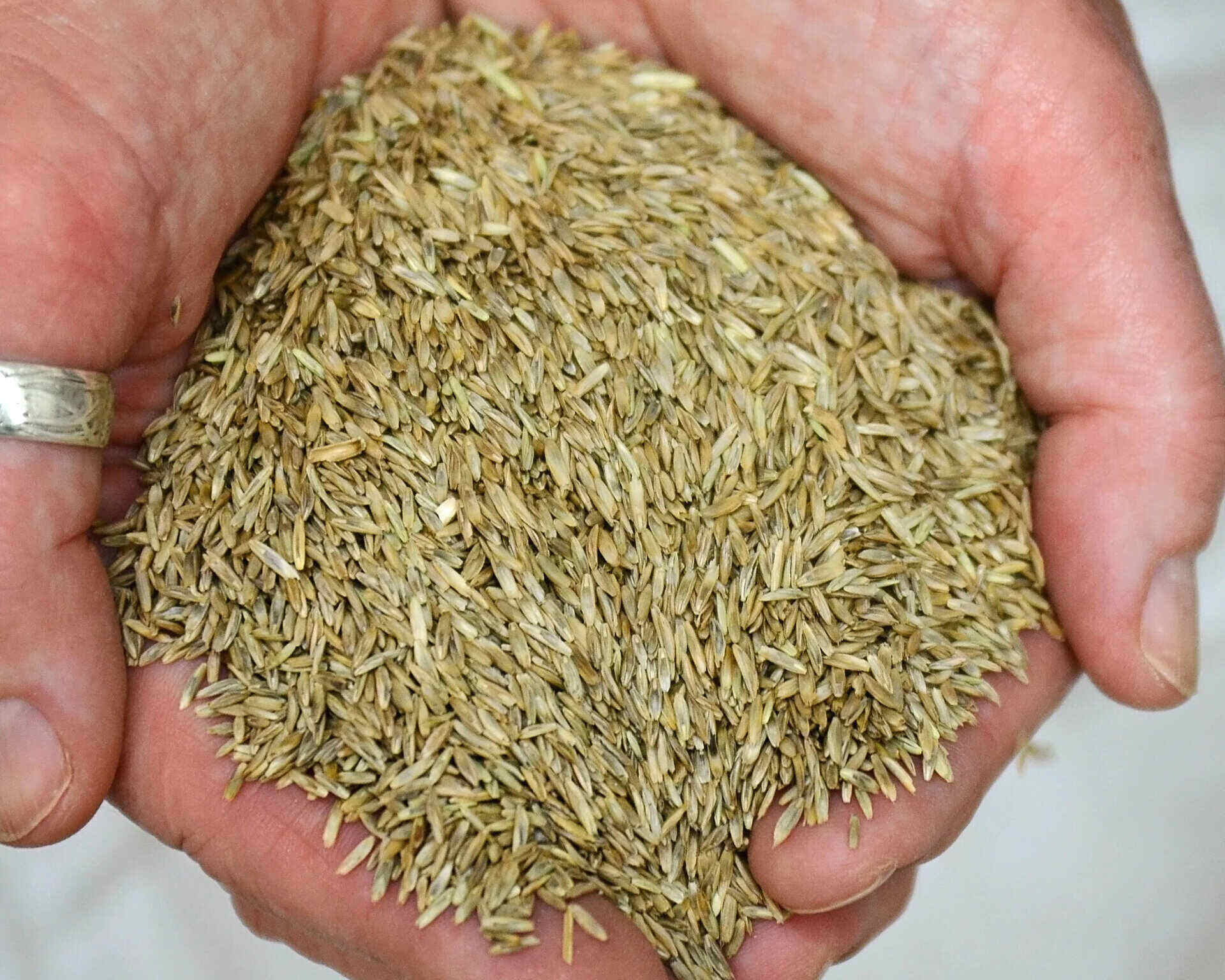

Garden Essentials
How Much Rye Seed Per Acre
Modified: March 15, 2024
Looking to plant rye in your garden? Discover the ideal amount of rye seed per acre to ensure a successful and productive harvest.
(Many of the links in this article redirect to a specific reviewed product. Your purchase of these products through affiliate links helps to generate commission for Storables.com, at no extra cost. Learn more)
Introduction
Welcome to our comprehensive guide on determining how much rye seed per acre you should use for optimal results in your garden. Rye is a versatile and popular grain that is not only grown for culinary purposes but is also an excellent cover crop and green manure.
When it comes to planting rye, it’s important to find the right balance of seed quantity to achieve maximum yield and ensure healthy growth. The amount of rye seed per acre will depend on various factors, including soil conditions, climate, intended use, and desired results.
In this article, we will explore the factors that affect rye seed quantity, provide recommended seed rates, and explain how to calculate the ideal amount of rye seed per acre. Whether you are a seasoned farmer or an enthusiastic gardener, this guide will equip you with the knowledge needed to make informed decisions and achieve successful results with your rye crop.
So, let’s dive in and explore the fascinating world of rye seed quantities and how they can impact your garden’s productivity and overall success!
Key Takeaways:
- Planting rye? Consider soil, climate, and purpose to determine the right amount of seed per acre for a successful and thriving crop.
- Calculate the precise rye seed quantity per acre by multiplying the recommended seed rate by the measured acreage, ensuring optimal growth without waste.
Read more: How Much Ryegrass Seed Per Acre
Factors Affecting Rye Seed Quantity
When determining the amount of rye seed per acre, it’s essential to consider several important factors. By understanding how these factors influence seed quantity, you can make informed decisions and ensure optimal growth and yield. Let’s take a closer look at these factors:
- Soil Quality: The quality and fertility of the soil play a crucial role in determining the rye seed quantity. Soils with higher organic matter content and good drainage tend to support healthier plant growth and allow for lower seed rates.
- Soil Texture: Soil texture affects water-holding capacity and nutrient availability. Sandy soils have lower water retention ability, which may require a higher seed rate to compensate for potential moisture stress.
- Climatic Conditions: The climate in which you are growing rye will impact the seed rate. In areas with hotter and drier climates, a higher seed rate may be necessary to compensate for potential moisture loss and heat stress. Conversely, in cooler climates, a lower seed rate may be sufficient.
- Intended Use: The purpose for growing rye will also influence the seed quantity. If you plan to grow rye as a cover crop or green manure, a higher seed rate may be desirable to achieve denser coverage and better weed suppression. For grain production, a lower seed rate may be sufficient to ensure healthy plant development and maximize yield potential.
- Desired Growth and Yield: Your goals for the rye crop will impact the seed quantity. If you aim for a lush growth and high yield, a higher seed rate may be required. However, if you prefer thinner stand and prioritize resource efficiency, a lower seed rate can be utilized.
By considering these factors, you can make knowledgeable decisions regarding the appropriate rye seed quantity for your specific growing conditions and desired outcomes. Keep in mind that it’s essential to regularly monitor and evaluate the performance of your rye crop, making any necessary adjustments along the way to ensure optimal results.
Recommended Rye Seed Rates
Now that we have discussed the factors that affect rye seed quantity, let’s explore the recommended seed rates for planting rye. It’s important to note that these rates can vary depending on the specific variety of rye, intended use, and regional conditions. The following guidelines can serve as a starting point for determining the appropriate rye seed rates:
- Cover Crops and Green Manure: For rye planted as a cover crop or green manure, the recommended seed rate is typically around 2 to 3 bushels per acre. This rate ensures dense coverage, which helps suppress weeds and improves soil health through nitrogen fixation and organic matter accumulation.
- Grain Production: If you plan to grow rye for grain production, the recommended seed rate is generally between 1.5 to 2 bushels per acre. This rate allows for adequate plant spacing and promotes robust growth and development, leading to higher grain yields.
Remember, these seed rates are general recommendations, and it’s crucial to consider the specific conditions of your garden or farm. Consulting with local agricultural extension offices or experienced farmers in your area can provide valuable insights into the optimal seed rates for your specific region and growing conditions.
Additionally, keep in mind that seed quality is equally important as seed quantity. Ensure that you obtain high-quality, certified rye seeds from reputable sources to maximize the chances of healthy germination and vigorous plant growth.
As you gain experience and observe the performance of your rye crop, you can make adjustments to the seed rates in subsequent plantings to optimize yield and quality based on your specific needs and goals.
Now that we know the general guidelines for rye seed rates, let’s move on to the next section to learn how to calculate the precise amount of rye seed per acre.
For rye seed, the recommended seeding rate is 90-120 pounds per acre for a pure stand, or 60-90 pounds per acre if planting in a mix with other crops. Adjust based on soil conditions and climate.
Calculating Rye Seed Per Acre
Calculating the precise amount of rye seed per acre requires a simple calculation based on the recommended seed rates and the size of the area you are planting. Here’s a step-by-step guide to help you determine the exact quantity:
- Determine the Seed Rate: Start by determining the recommended seed rate for your specific purpose, whether it’s for cover crops, green manure, or grain production. Refer to the previous section for the general seed rate recommendations.
- Measure the Area: Measure the area of the land in acres where you plan to plant rye. This can be done using a measuring tape, or if the shape is irregular, you can break it down into smaller sections and calculate the total acreage.
- Calculate the Quantity: Multiply the seed rate (in bushels per acre) by the measured acreage. This will give you the total quantity of rye seeds needed for your specific area. For example, if the seed rate is 2 bushels per acre and you are planting 5 acres, the calculation would be: 2 bushels/acre x 5 acres = 10 bushels of rye seed required.
Once you have determined the precise quantity of rye seeds needed, you can proceed to purchase the appropriate amount from a trusted supplier. It’s always a good idea to buy a little extra to account for any losses during planting or for future replanting if needed.
By calculating the rye seed per acre accurately, you are ensuring that you have enough seeds to achieve optimal growth and yield without wasting unnecessary resources. This method allows you to plan your planting activities efficiently and promotes sustainable gardening practices.
Now that you have the knowledge to calculate the precise amount of rye seed per acre, let’s explore how to make adjustments to seed rates for specific conditions.
Adjusting Rye Seed Rates for Specific Conditions
While the recommended seed rates serve as a useful starting point, it may be necessary to make adjustments to the seed rates based on specific conditions in your garden or farm. Here are some factors to consider when adjusting rye seed rates:
- Soil Moisture: If you have well-drained soil that retains moisture, you can consider using a slightly lower seed rate. Conversely, if your soil tends to dry out quickly, increasing the seed rate can help compensate for potential moisture stress.
- Weed Pressure: High weed pressure can compete with rye plants for nutrients and resources. In such cases, using a higher seed rate can help establish a denser rye stand that can outcompete weeds and minimize their impact.
- Seed Quality: Poor quality seeds may have lower germination rates, which can result in a thinner stand. In such instances, using a slightly higher seed rate can help compensate for lower germination rates and achieve desired plant density.
- Growth Habits of the Rye Variety: Different rye varieties can have varied growth habits, such as differences in height and tillering. Adjusting the seed rate based on the specific characteristics of the chosen variety can help achieve the desired plant density and maximize yield potential.
- Erosion Risk: If you are planting rye on slopes or areas prone to erosion, using a higher seed rate can result in greater ground coverage and help prevent soil erosion.
It’s important to closely monitor the development of your rye crop and make timely adjustments to the seed rate if necessary. Assessing plant density, weed competition, and overall stand performance throughout the growing season will provide valuable insights into whether adjustments are needed.
Keep in mind that finding the optimal seed rate may require some experimentation and fine-tuning. By observing and adapting to the specific conditions of your garden or farm, you can achieve the best results with your rye crop.
Now that we have covered the factors to consider when adjusting rye seed rates, let’s wrap up this guide with a concluding summary.
Read more: How Much Sorghum Seed Per Acre
Conclusion
Determining the appropriate rye seed quantity per acre is essential for achieving successful results in your garden or farm. By considering factors such as soil quality, climate, intended use, and desired growth outcomes, you can make informed decisions and optimize the seed rate to maximize yield and quality.
Based on general recommendations, cover crops and green manure typically require seed rates of 2 to 3 bushels per acre, while grain production can often thrive with seed rates of 1.5 to 2 bushels per acre. However, it’s important to adjust these rates based on specific conditions and goals.
Calculating the exact amount of rye seed per acre is a straightforward process that involves multiplying the seed rate by the measured acreage. This ensures you obtain the precise quantity needed for optimal growth without wasting resources.
Adjustments to the seed rates may be necessary depending on factors such as soil moisture, weed pressure, seed quality, rye variety, and erosion risk. Regular monitoring and evaluation of the crop’s performance allow for timely adjustments and fine-tuning of the seed rate to achieve the best results.
Remember, the journey to finding the ideal rye seed rate may involve some trial and error. By closely observing and responding to the specific conditions of your garden or farm, you can optimize the seed rate and cultivate a thriving rye crop.
We hope this comprehensive guide has provided you with valuable insights into determining the appropriate rye seed quantity per acre. Armed with this knowledge, you can confidently plan and execute your rye planting activities and enjoy a bountiful harvest or thriving cover crop.
Happy gardening and farming!
Frequently Asked Questions about How Much Rye Seed Per Acre
Was this page helpful?
At Storables.com, we guarantee accurate and reliable information. Our content, validated by Expert Board Contributors, is crafted following stringent Editorial Policies. We're committed to providing you with well-researched, expert-backed insights for all your informational needs.
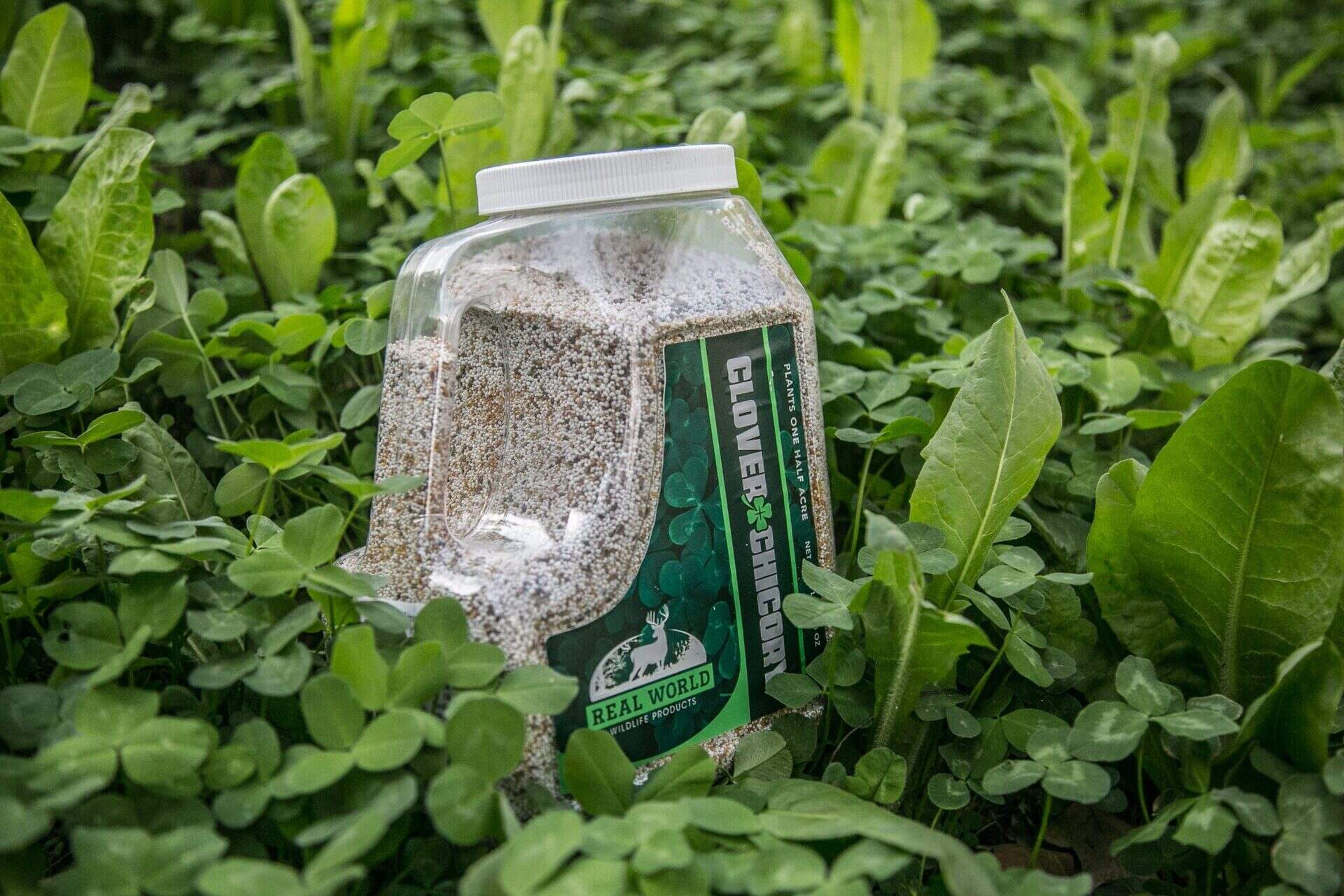
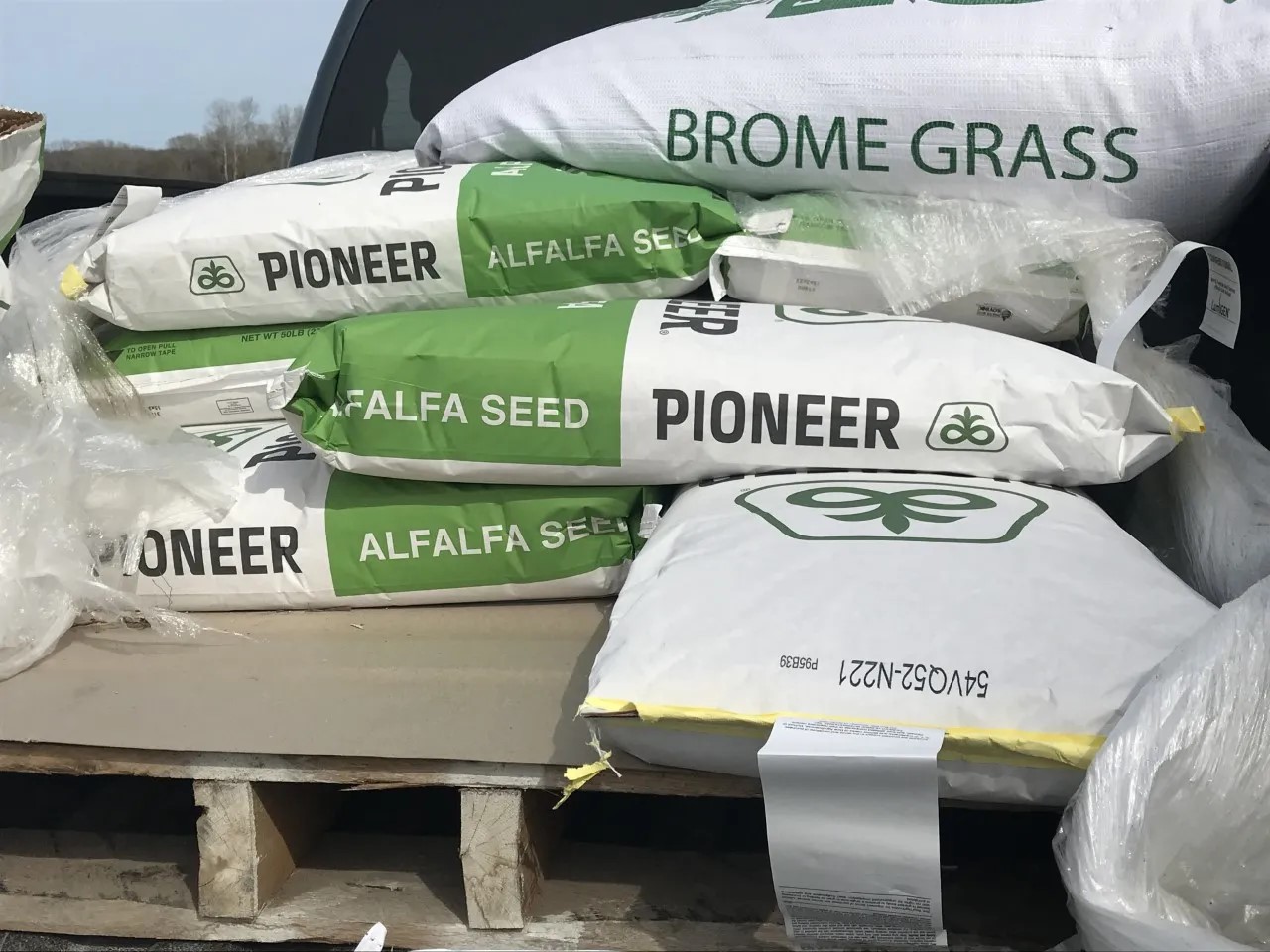
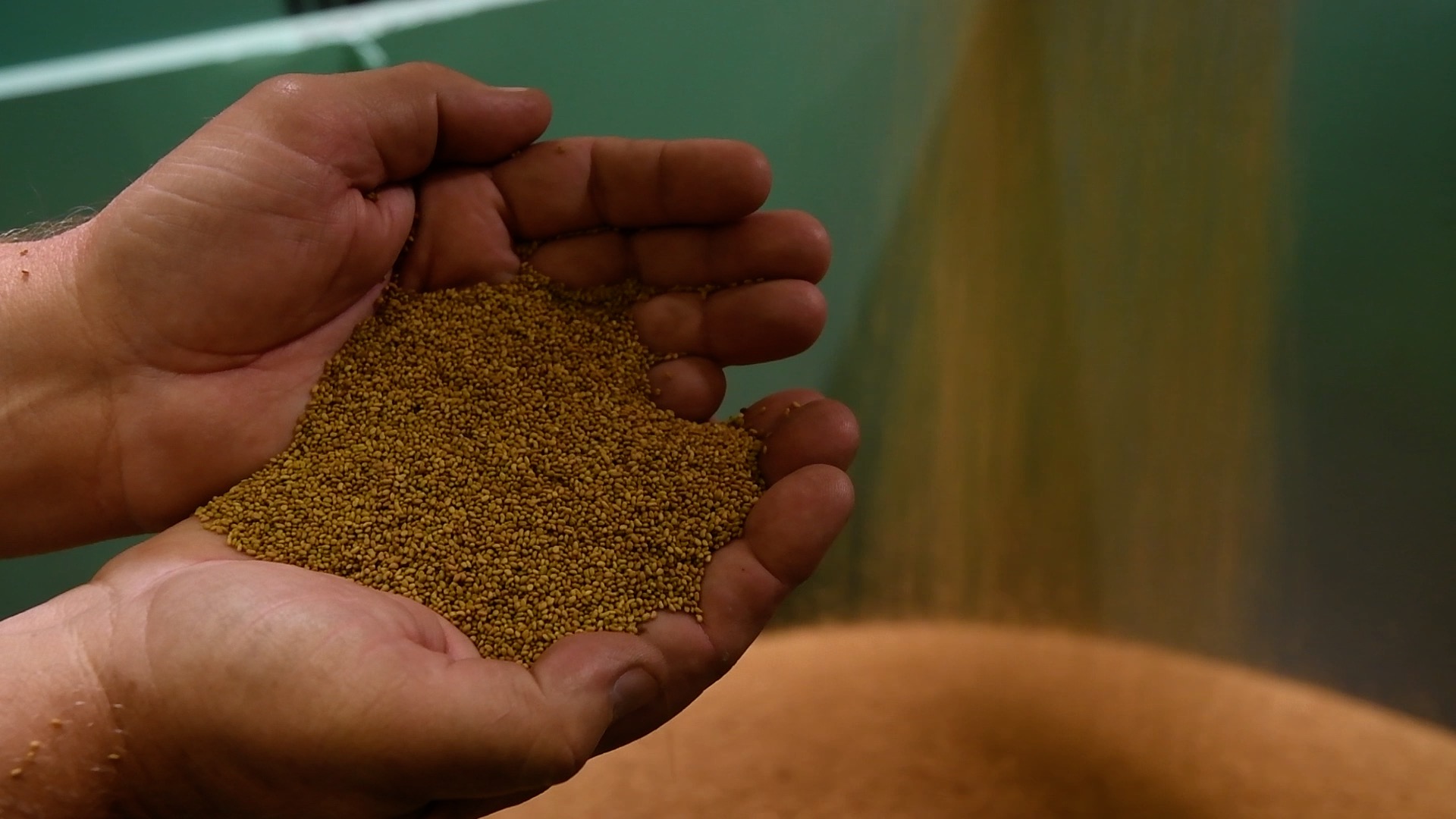
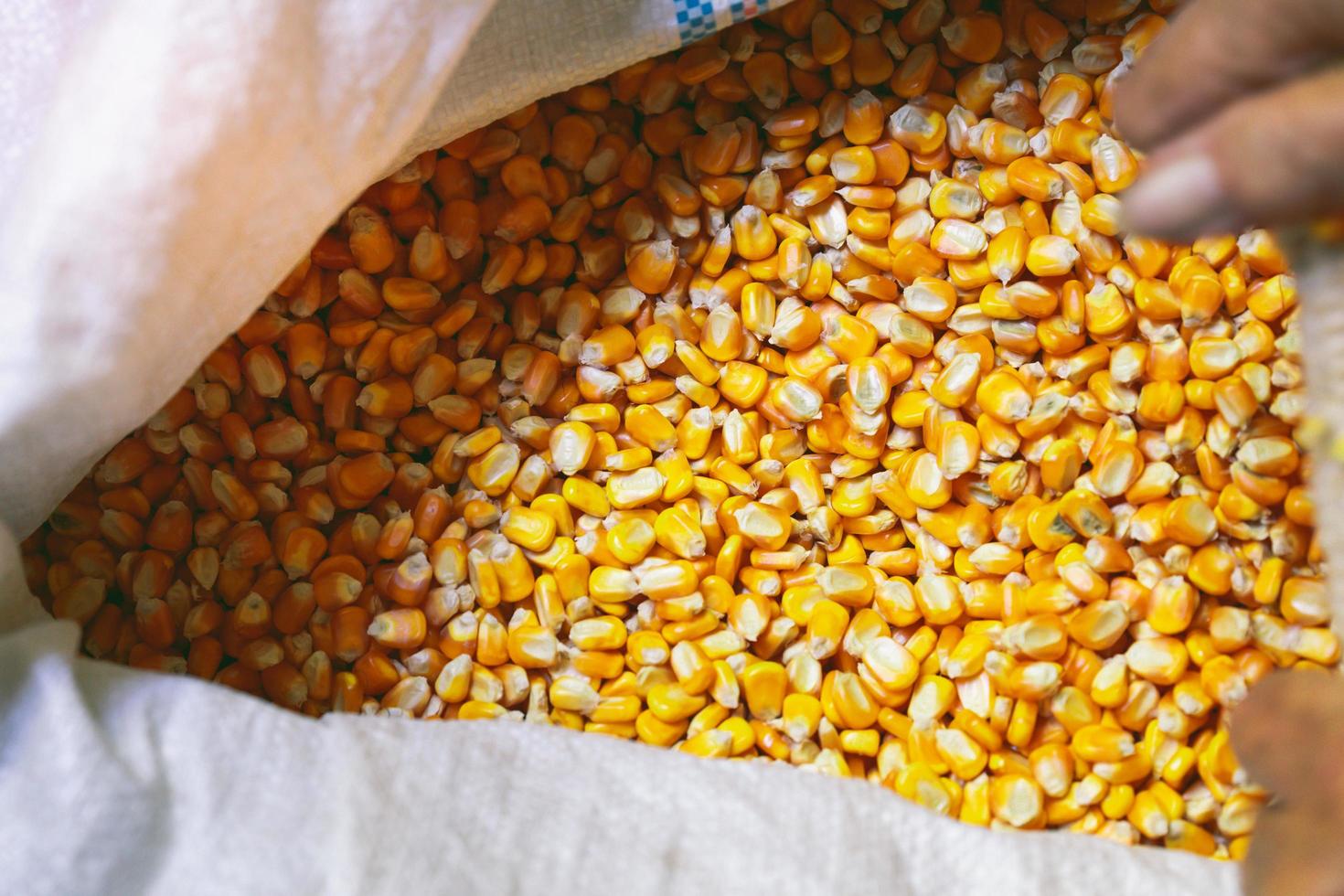
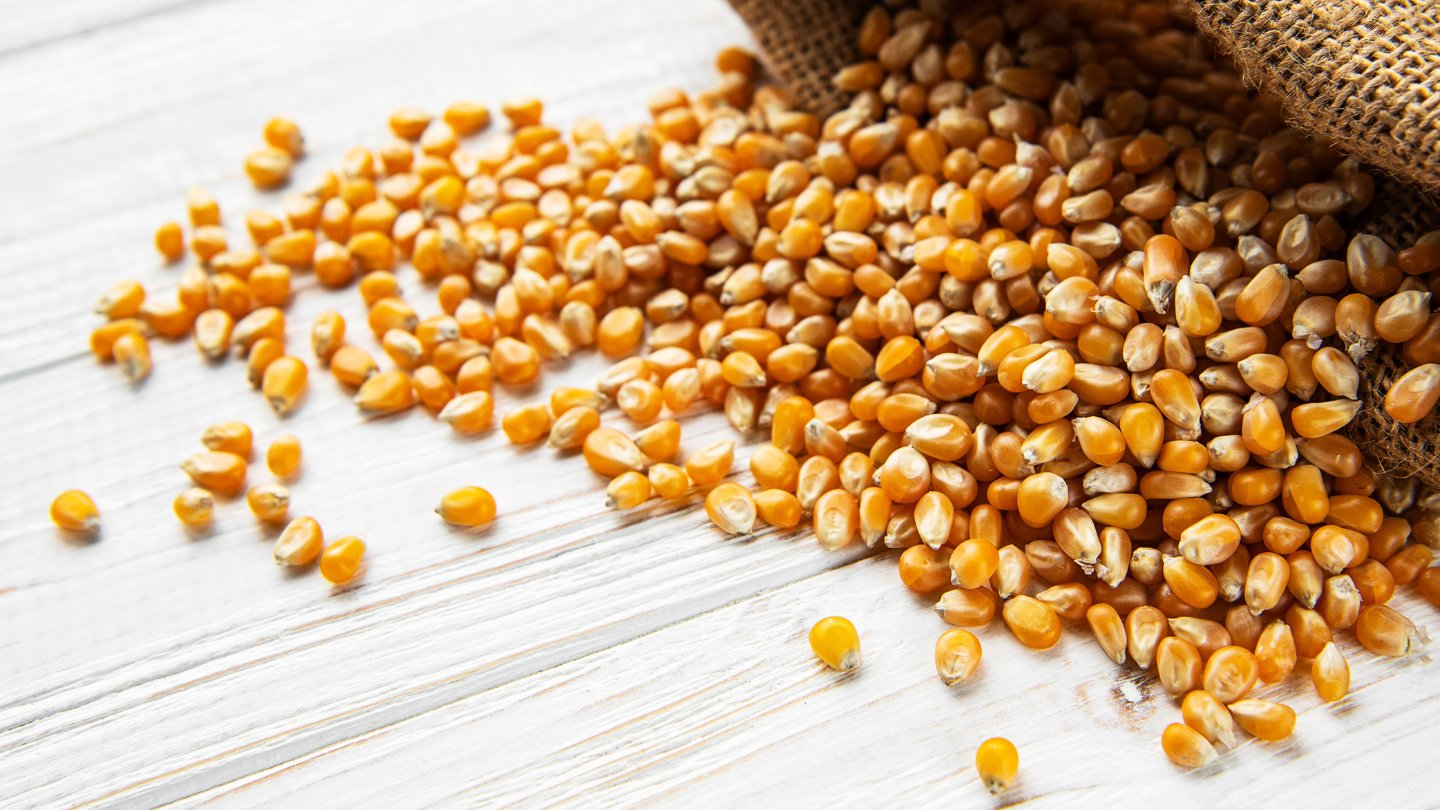
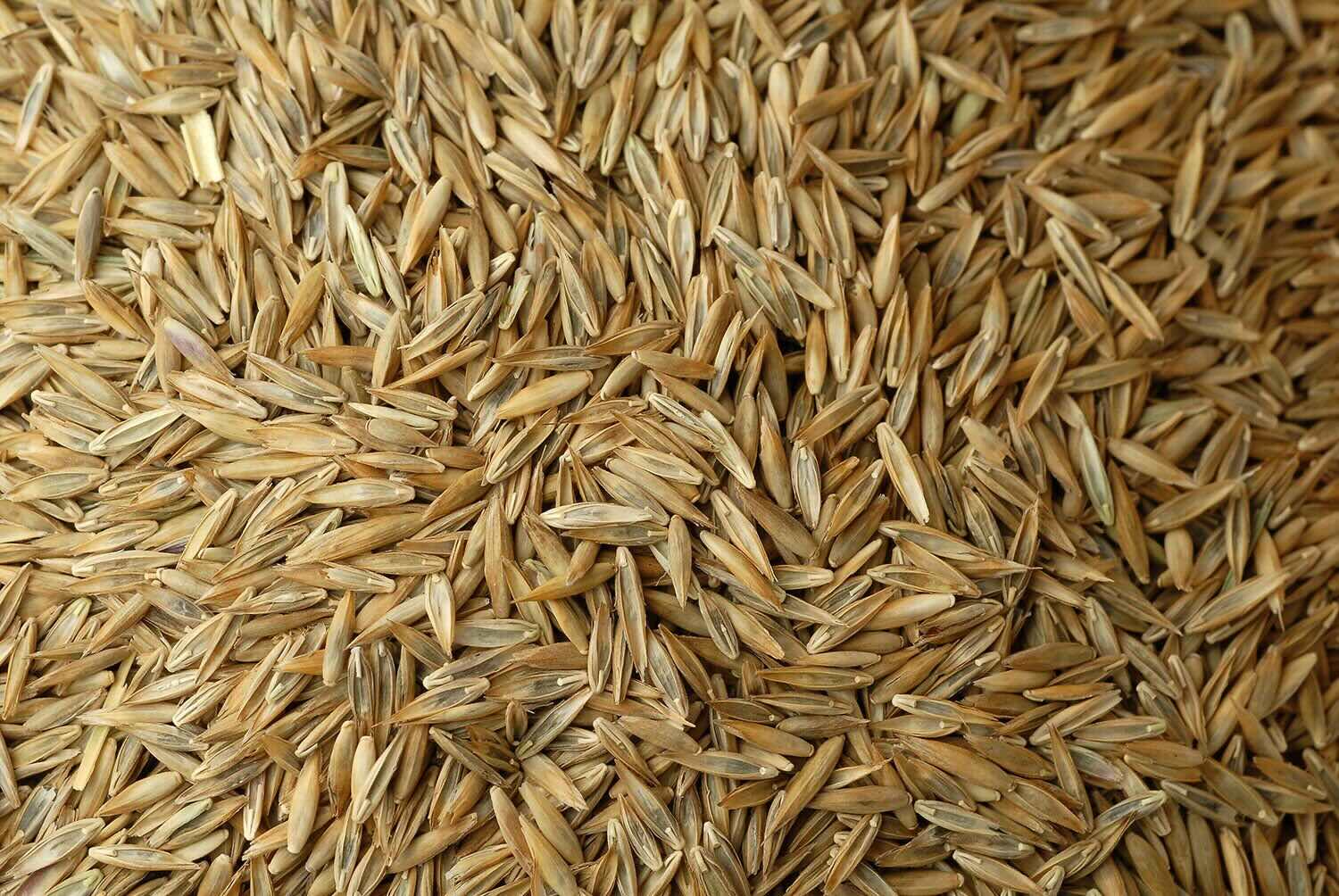
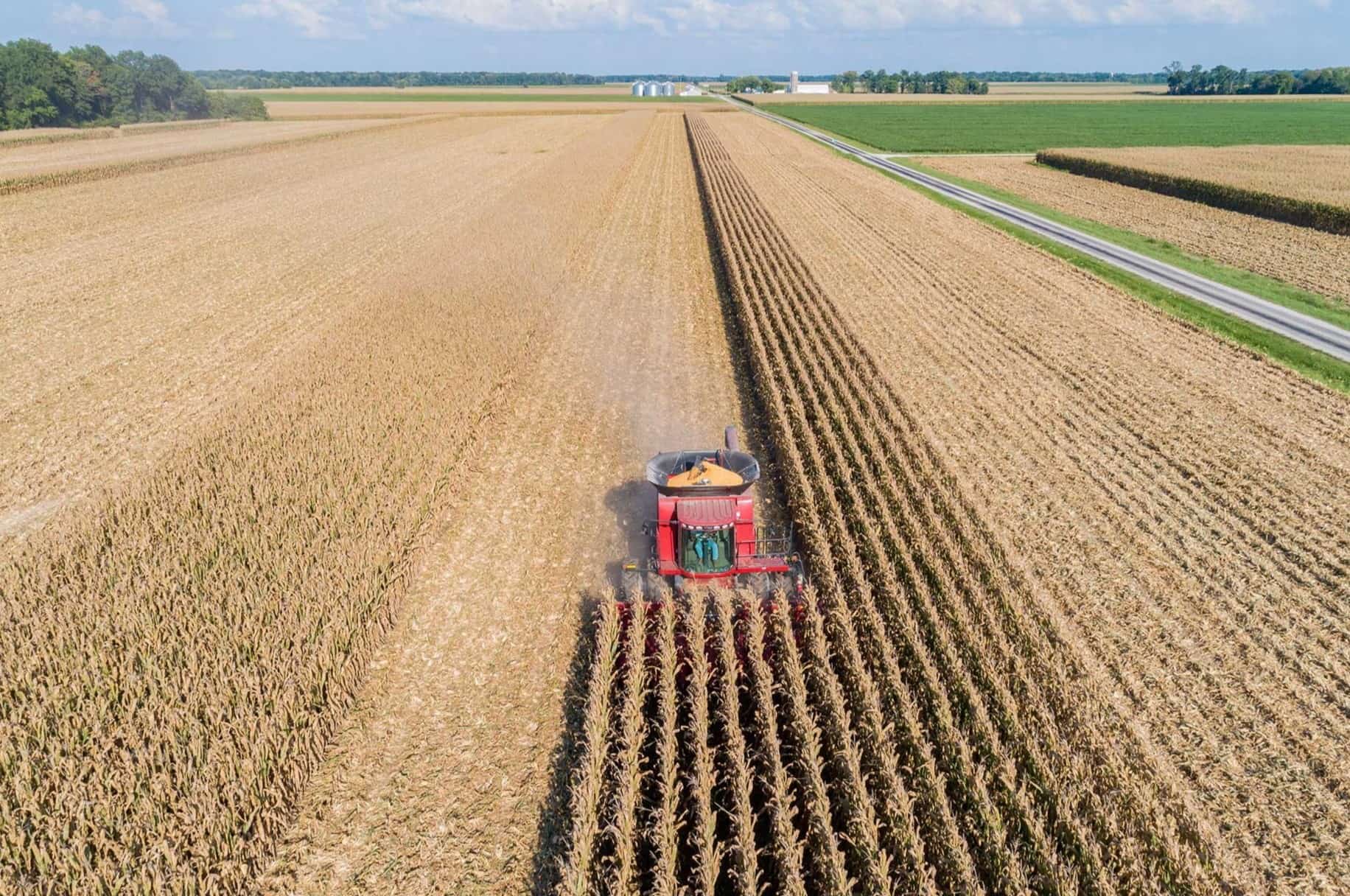
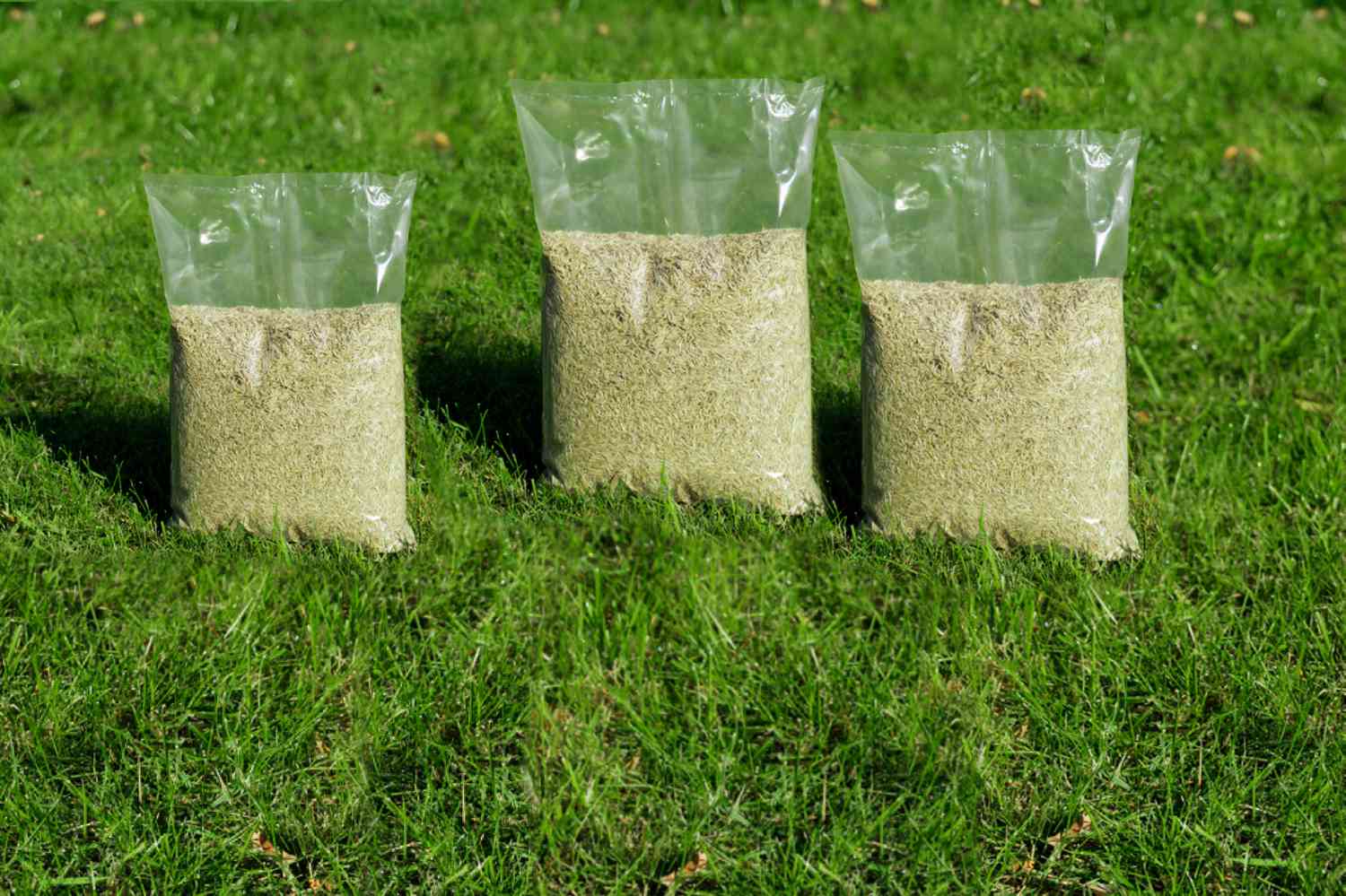
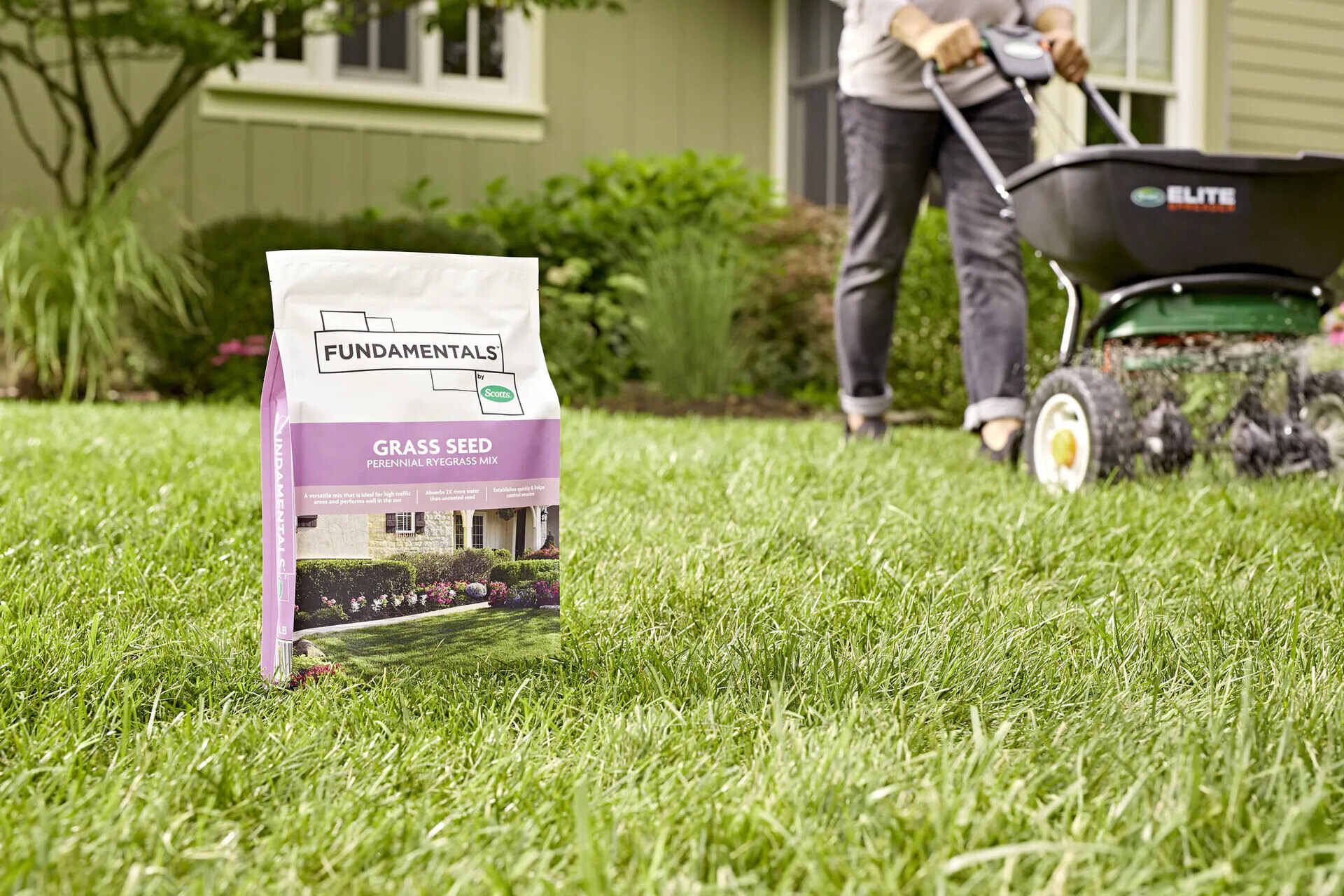

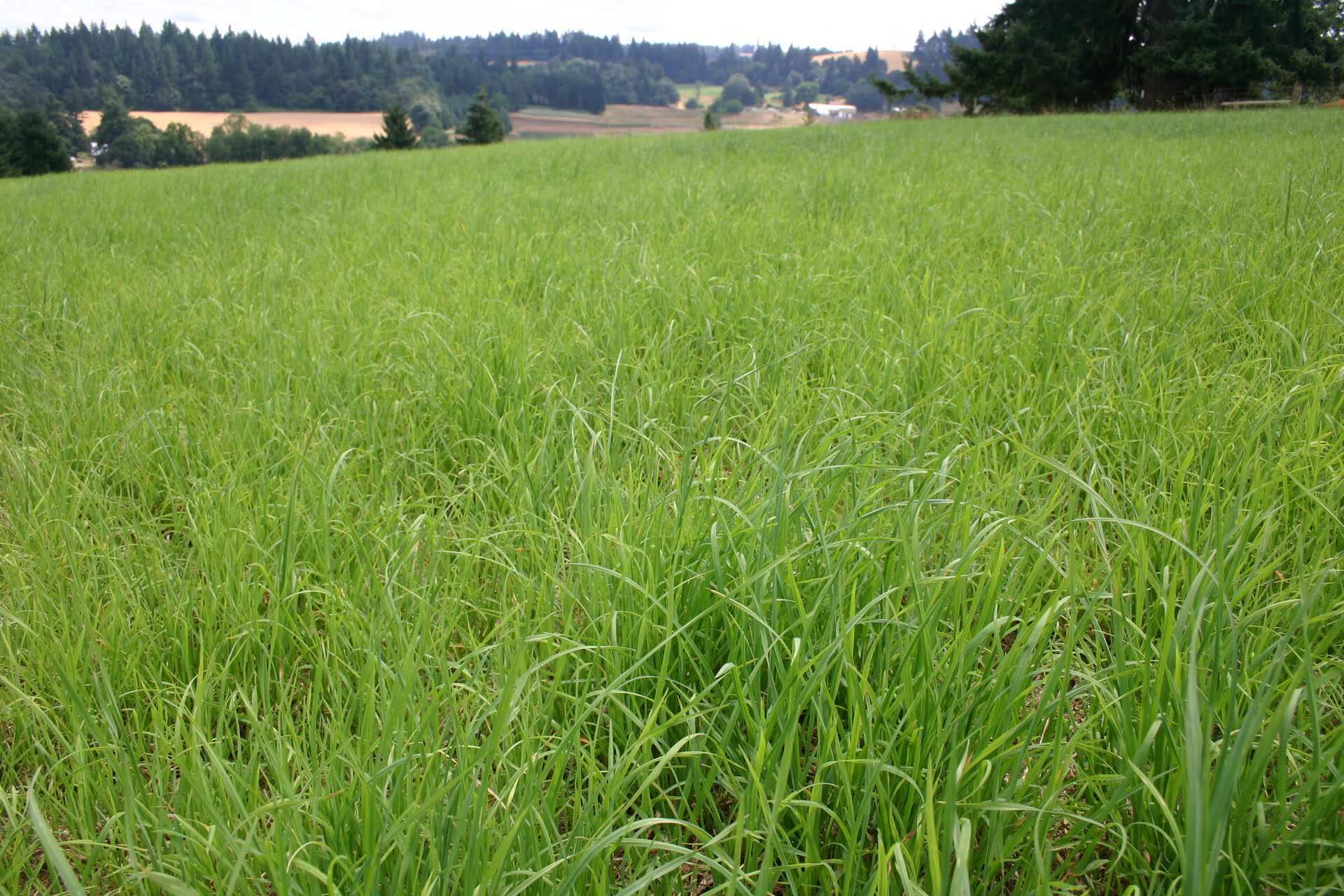
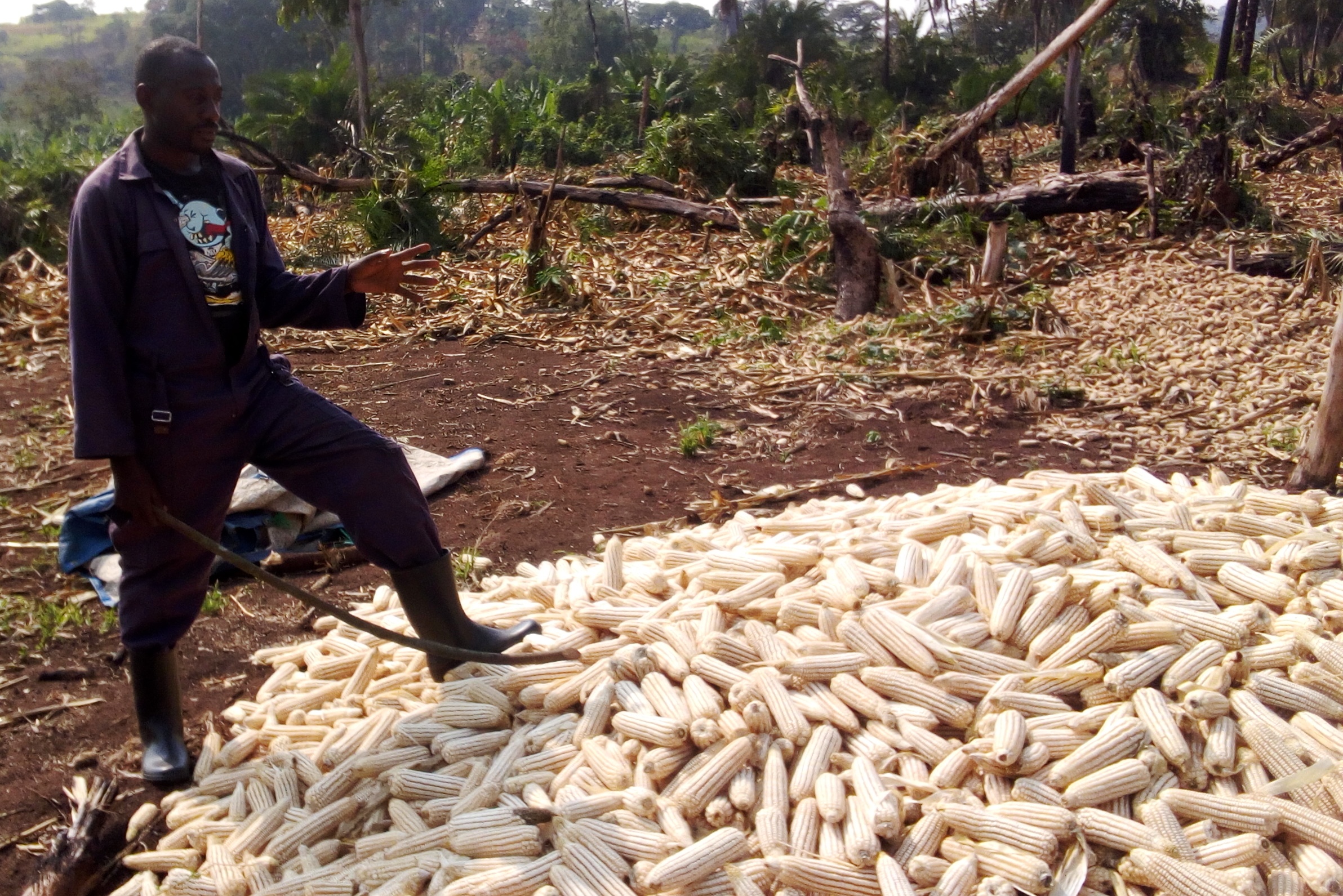
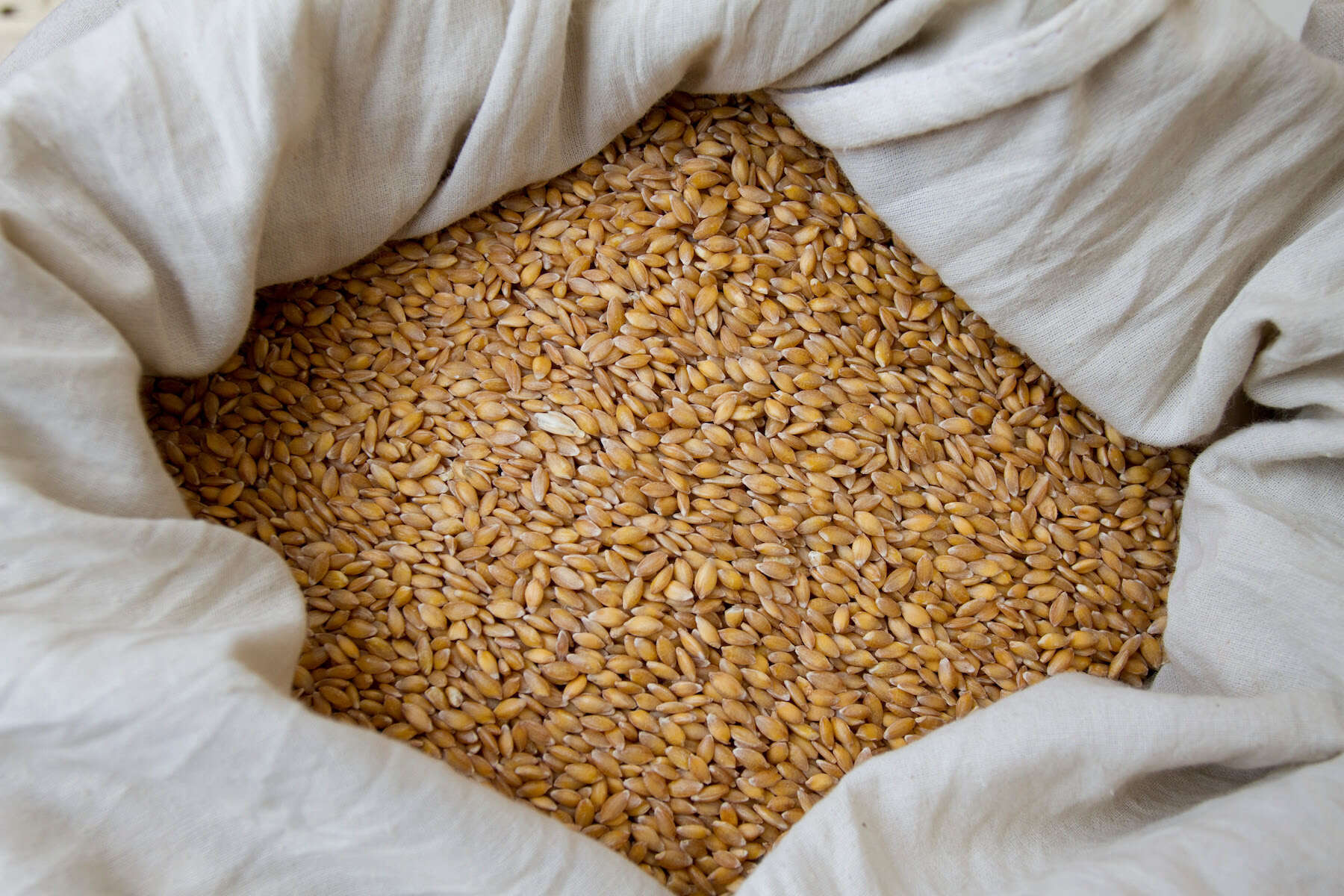
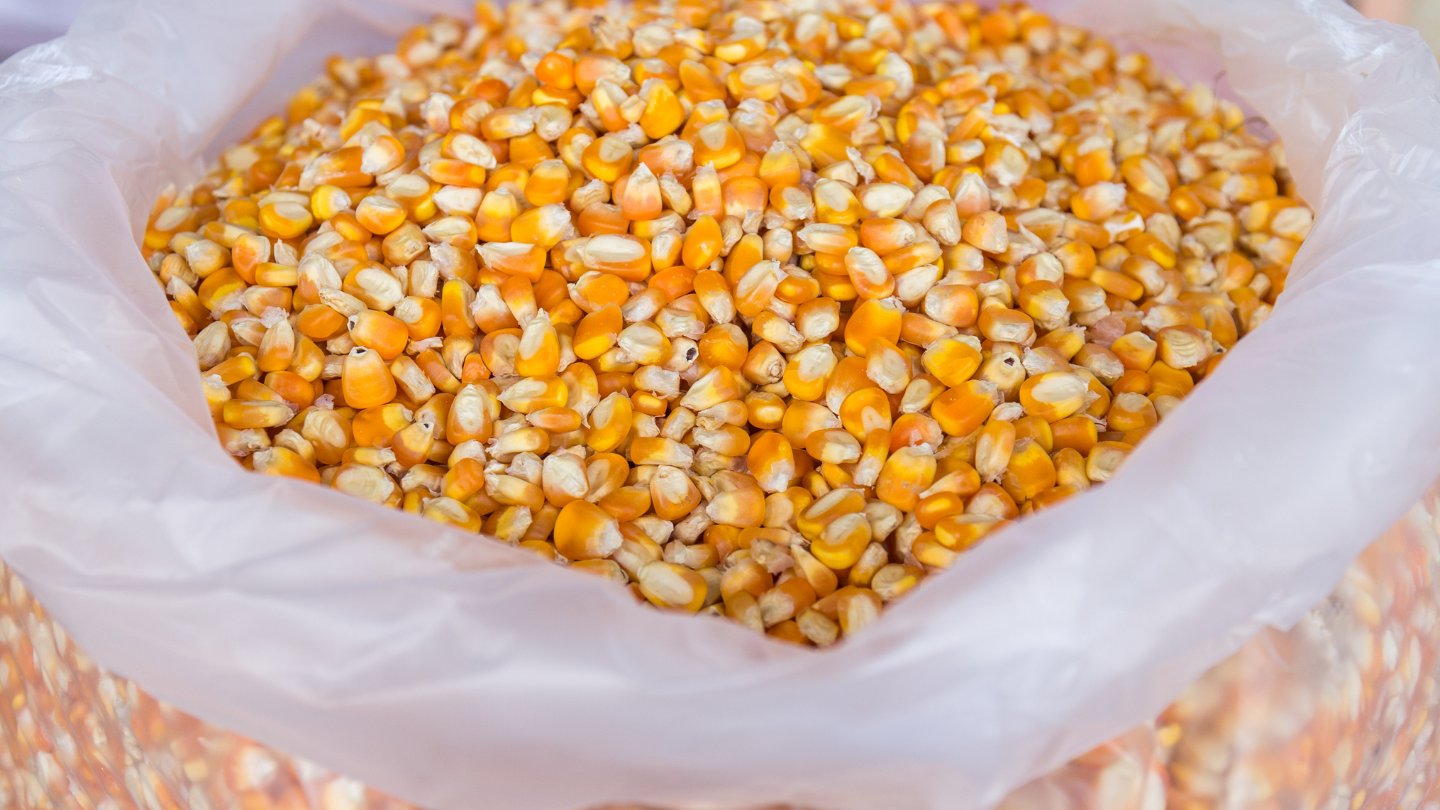

0 thoughts on “How Much Rye Seed Per Acre”